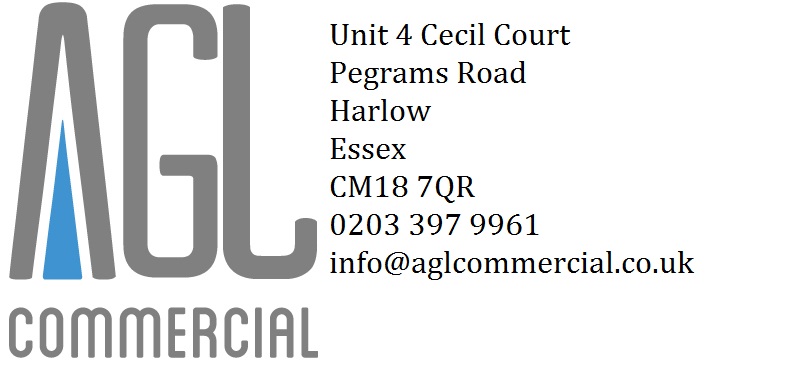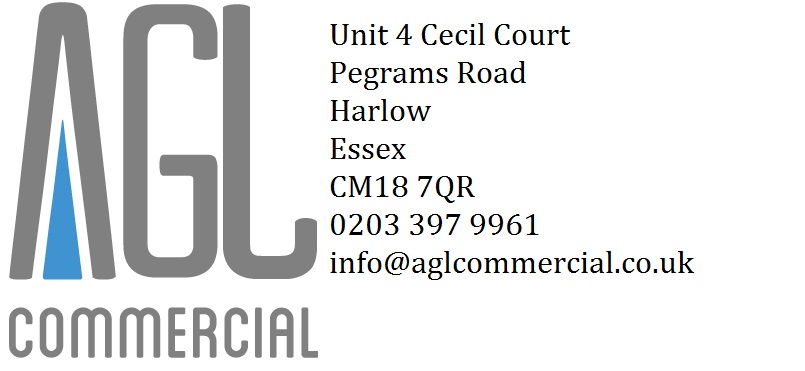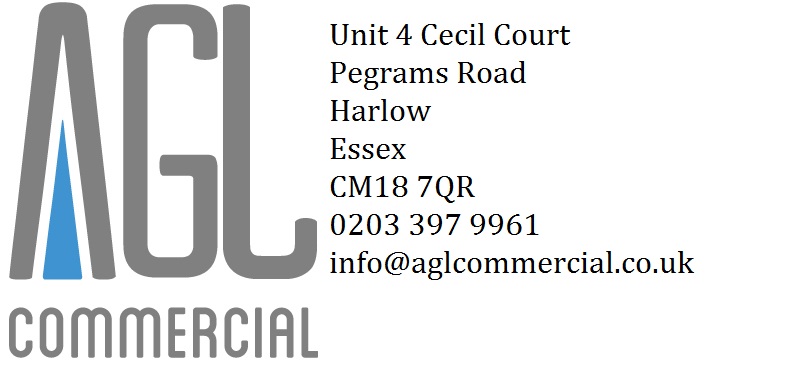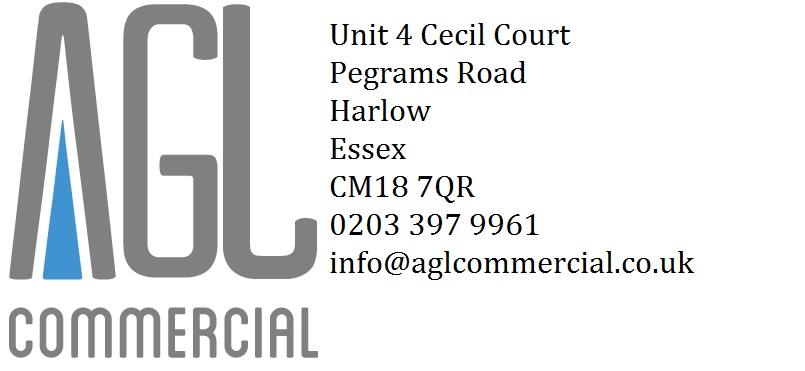Information
-
Site conducted
-
Principle contractor site Manager
-
AGL Project Manager for this site
-
Toolbox talk carried out by
-
Toolbox talk carried out on
-
Location
Weil’s Disease
-
Weil’s Disease
Overview This talk will cover: the effects and symptoms of Weil’s disease, the measures you should take to avoid it, and who may be at risk.
Weil’s disease – what is it?
1 Weil’s disease, which is also known as Leptospirosis, is a kind of jaundice.
2 The disease enters the body through breaks in the skin, and through the lining of the mouth and nose.
3 It is caused by contact with water contaminated by the urine of rats and other small mammals such as mice and voles.
4 It starts as a mild illness which can easily be cured if treated early enough.
5 If left untreated, it becomes more serious and can be fatal.
6 The problem is that the initial symptoms are very similar to flu and it is possible that you could ignore the symptoms or be treated for the wrong illness.
What can you do about it?
1 Don’t encourage the presence of vermin; carefully dispose of waste food especially on sites that are wet or adjacent to rivers and lakes, etc.
2 Do not handle the carcasses of dead rats or other small mammals.
3 If you are at risk, cover all cuts and abrasions with a waterproof dressing and wear appropriate protective clothing.
4 If you frequently work near water, carry a card or tag saying that you may be at risk of catching the disease.
5 Be aware that you can catch the disease if you get water in your mouth and nose after falling in.
6 See you doctor immediately if you think you are infected.
Who is at risk?
1 All operatives who may come into contact with contaminated water.
2 Particularly operatives who work regularly in or near water, such as those engaged in:
work on sewers and other drainage systems
work on canals and similar conservation projects
work in tunnelling -
Toolbox talk complete?
Toolbox talk attendee register
-
Toolbox talk attendees -
Engineer -
-
Have you fully understood this toolbox talk?
-
Please report to your supervisor to discuss your concerns.
-
Name of engineer -
-
Signature -









